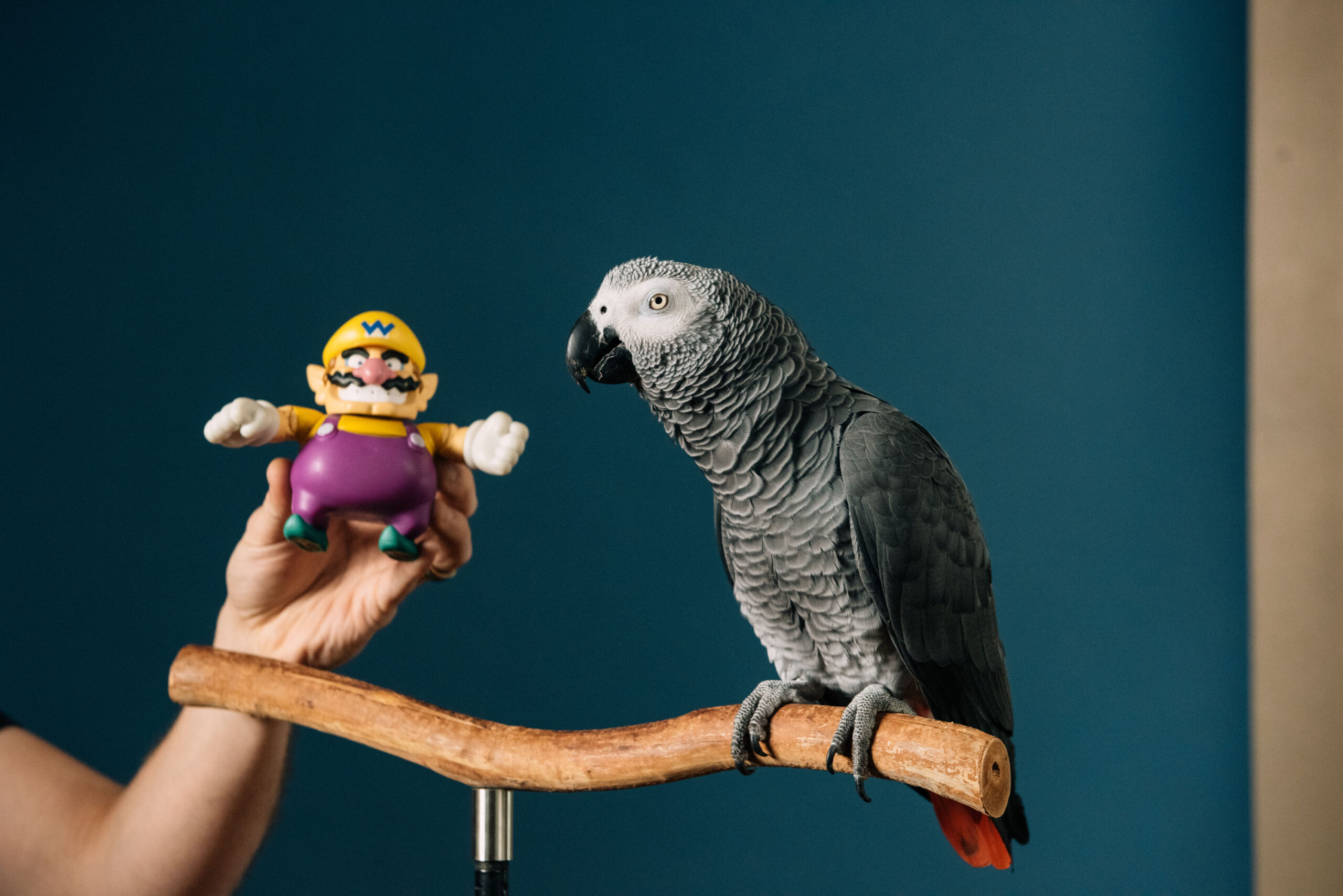Meet Apollo, the four-year-old parrot from Florida, USA, who’s giving Mensa members a run for their money! Apollo has officially… read the article
TikTok Sensation Apollo Breaks Record For Most Items Identified By A Parrot


Meet Apollo, the four-year-old parrot from Florida, USA, who’s giving Mensa members a run for their money! Apollo has officially… read the article

From charming world leaders, to distracting the press, Chief Mouser Larry has done it all during his time at 10… read the article

Pets Magazine lifestyle magazine for pet owners: Still FREE to read – this month, we meet the amazing pet portrait… read the article

OUT NOW: Pets Magazine October – still FREE to read – We meet ‘Saving Mr Banks’ and ‘Transformers’ star VICTORIA… read the article

BY NICK FREEMAN The case was unusually challenging. But after scouring the client’s papers and combing the pages of my… read the article
Arty Lobster, the London-based 3D modeling and printing experts, has created a 3D printed sculpture of Facebook founder Mark Zuckerberg’s… read the article
A chart-topping record producer behind some of the UK’s biggest hits has finally revealed the secret of his success —… read the article